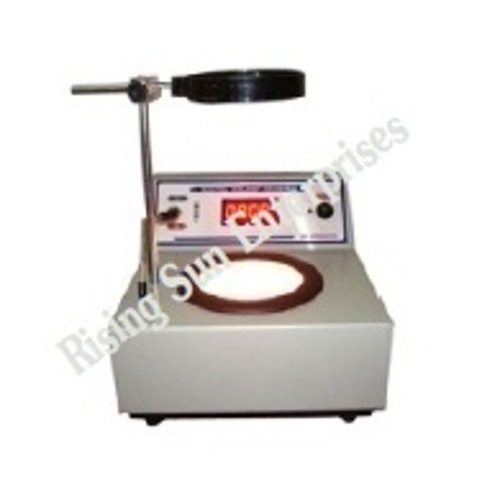Schedule a Call Back
Ten types of robots you’ll find in a manufacturing plant
 Technical Articles
Technical Articles- May 18,21

Related Stories

Addverb: Shaping India’s Robotics Talent and Innovation
Through the provision of cobots, Trakr, AGVs, AMRs, and shuttles, Addverb aims to foster research, innovation, and skill development in robotics and automation.
Read more
Taiwan Smart Manufacturing Pavilion spurs India–Taiwan collaborations
Over the course of the exhibition, the Pavilion recorded over 100 industry visitors and engaged with 85 potential buyers, demonstrating a high conversion rate of interest into tangible business lead..
Read more
Rare crystal shapes yield stronger 3D-printed metal parts
Quasicrystals, which were previously considered a myth, are now replicable for large-scale industrial applications. Stakeholders must support investments in 3D printing technologies and continued re..
Read moreRelated Products

Digital Colony Counter
Rising Sun Enterprises supplies digital colony counter.
Robotic Welding SPM
Primo Automation Systems Pvt. Ltd. manufactures, supplies and exports robotic welding SPM.

Heat Exchanger Scale Removal Compound -hesr-300
Hi There!
Now get regular updates from IPF Magazine on WhatsApp!
Click on link below, message us with a simple hi, and SAVE our number
You will have subscribed to our Industrial News on Whatsapp! Enjoy
















